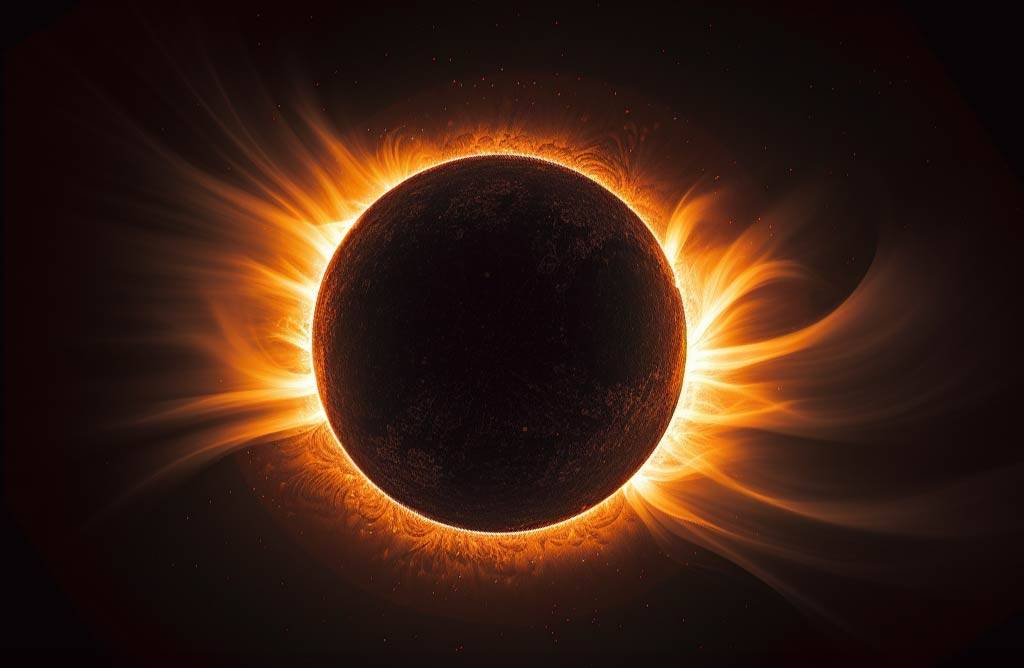Mark your calendars, skygazers! The year 2025 promises to be an exciting one for astronomy enthusiasts, with four eclipses set to captivate audiences around the world.
In this article, we'll delve into the details of each eclipse, providing you with essential information on when, where, and how to witness these spectacular events.
*1. BLOOD MOON ECLIPSE*:
The year begins with a thrilling Blood Moon Eclipse, a total lunar eclipse that occurs when the Earth perfectly aligns between the Sun and the Moon, casting its shadow over the lunar surface. This phenomenon will be visible from the Americas, Antarctica, Alaska, northeastern Russia, and parts of Africa.
- Date: March 14
- Time: 1:09 AM EDT (start of eclipse), 2:36 AM EDT (start of Blood Moon phase).
- Duration: 3 hours and 38 minutes (total eclipse), 1 hour and 5 minutes (Blood Moon phase).
*2. PARTIAL SOLAR ECLIPSE*:
Just two weeks after the Blood Moon Eclipse, a partial solar eclipse will occur on March 29. During this event, the Moon will cover up to 93% of the Sun at its peak. The eclipse will be visible from parts of the Americas, western Russia, Europe, and Africa.
- Date: March 29
- Time: 4:51 AM EDT (start of eclipse)
- Duration: Nearly four hours
- Maximum coverage: 93% of the Sun's disk
*3. TOTAL LUNAR ECLIPSE*:
The third eclipse of the year will be another total lunar eclipse, visible from Asia, Russia, parts of Africa, Oceania, and Europe. This eclipse is special, as it occurs just days after the Moon reaches perigee, its closest point to Earth, making the Moon appear slightly larger in the sky.
- Date: September 7
- Time: 4:27 PM GMT (start of eclipse)
- Duration: 3 hours and 30 minutes (total eclipse), 1 hour and 22 minutes (total phase)
*4. PARTIAL SOLAR ECLIPSE*:
The final eclipse of the year will be a partial solar eclipse, visible from parts of Antarctica and Oceania. In the Southern Hemisphere, up to 79% of the solar disk will be covered by the Moon.
- Date: September 21
- Time: Varies depending on location
- Maximum coverage: 79% of the Sun's disk
*TIPS FOR WATCHING ECLIPSE*:
Remember to prioritize your safety during these events:
- Use specialized solar viewing glasses or handheld solar viewers with a solar filter to observe solar eclipses.
- Do not look directly at the Sun without proper eye protection.
- Enjoy lunar eclipses without any special equipment, as they are safe to view with the naked eye.
With these four eclipses, 2025 promises to be an unforgettable year for astronomy enthusiasts. Mark your calendars, grab your binoculars, and get ready to witness these breathtaking celestial events!


